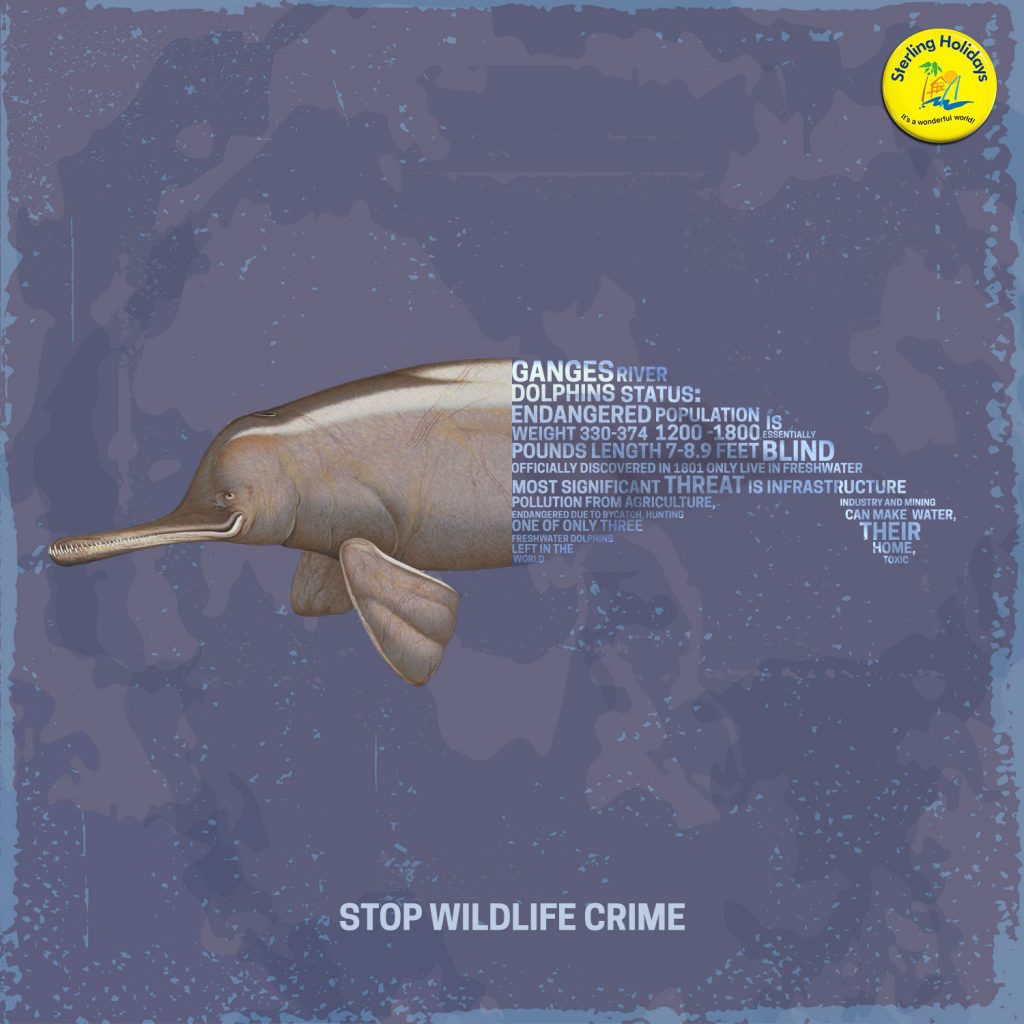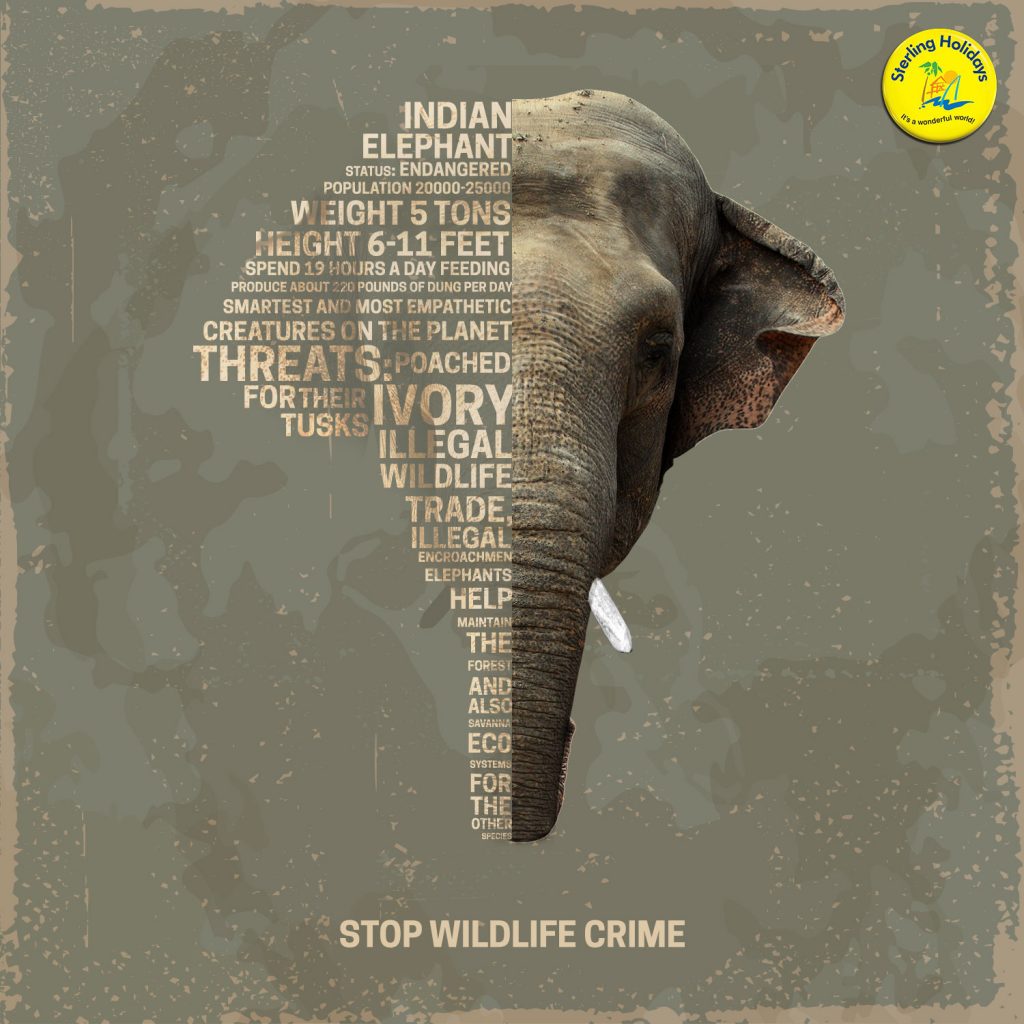Top Endangered Species in India
As the saying goes: It’s not whether animals will survive, it’s whether man has the will to save them. Today, on World Wildlife day, we need to step back and realize that animals have been on earth far before we humans existed and we have absolutely no right to curb their existence. We need to realize that animals, humans, and all other species of living things need to co-exist in order to have a balanced ecosystem. Let’s take a look at few of the endangered exotic species in India and the measures we are taking to save them.
The Bengal Tiger
The fierce and majestic Bengal tiger has been declared as an endangered species with just around 3000 of them left in the world. They are mainly from India and can be spotted in areas of Bangladesh, Nepal and Myanmar. This magnificent creature is known for its power and can easily drag an object five times heavier than its own weight. The primary reason for the Bengal tiger to be endangered is the loss of rich and dense habitat for its survival. Also, the large amount of tiger poaching done in the 20th century has significantly brought down the population of this remarkable species. However, there are quite a few number of tiger reserves spread across the country to pamper this endangered species and make sure they don’t go extinct. The Sariska Tiger Reserve located in Alwar, Rajasthan, is a wildlife reserve with acres of lush forest, grasslands and cliffs. Apart from the Bengal tiger, many other animals can be spotted here like the Indian leopard, hyena, jackal and langur. The reserve is home to many birds, reptiles and exotic trees too, making it a perfect spot for a memorable visit with family and friends. While you are here, you can stay at the Sariska Tiger Heaven for a remarkable holiday experience.

The Olive Ridley Sea Turtle
The Olive Ridley Sea Turtle is mainly found in Orissa, along the coast of Bay of Bengal. These turtles nest in a large scale near the mouth of the Rushikulya River and are distinguished by a faint green hue on their skin and shell. Their ideal nesting habitat comprises of warm waters and open oceans. The Olive Ridley Sea Turtle Reserve located in Puri, Orissa, was one of the first reserves dedicated to the conservation of turtles and is the largest nesting ground in the world for this tropical endangered species. This reserve is frequently visited by tourists to witness the annual mass congregation of this exotic species which is a breathtaking sight to watch. Couple this experience with a heartwarming stay at Puri Golden Sands for the experience of a lifetime.

The Gangetic Dolphin
The Gangetic dolphin or the South Asian river dolphin is characterized by its long pointed nose and is declared as the National Aquatic Animal of India. Its natural habitat is the freshwater bodies in coastal regions of India, Nepal and Pakistan. However, the only sanctuary designed to protect this endangered species is the Vikramshila Gangetic Dolphin Sanctuary in Bhagalpur, Bihar. The Gangetic dolphin is one of the main attractions of this 50 km stretch sanctuary including otters, freshwater turtles, waterfowl and exotic aquatic wildlife. However, the Gangetic dolphin is on the verge of getting extinct with only a few hundred of them remaining. The main threat to the survival of this species is the industrial pollution into the Ganges River where most of these dolphins exist. Another aspect which has contributed to the reduction in dolphin population is the construction of dams and other such barriers which disrupts the free movement of these endangered aquatic species.

The Indian Elephant
Another magnificent and spectacular species which is endangered due to lack of natural habitat is the majestic Indian elephant which is mostly found in areas of South-East Asia especially in Bhutan, China, Nepal, India and Bangladesh. The main reason for their habitat loss is the cutting down of trees for industrial purposes. Apart from habitat loss, another factor which has contributed to its endangerment is the killing of this species for their ivory tusk, bringing down the elephant population of the world to an estimated 20,000. Following these metrics, Project Elephant was introduced by the Indian government which focuses on protecting these endangered species. This has been executed in 16 states across India. The Elephant Junction is one such wildlife reserve dedicated to the conservation of elephants in Thekkady. Apart from elephants, this national park also houses other endangered flora and fauna and is on every tourist’s bucket list. Visit Thekkady for an extraordinary vacation and reside at the Thekkady Woods n Spice for a holistic stay.

It’s about time we realise that Mother Earth is home to all beings. Take your first step to preserve wildlife and let nature be your teacher in the subject of life.

